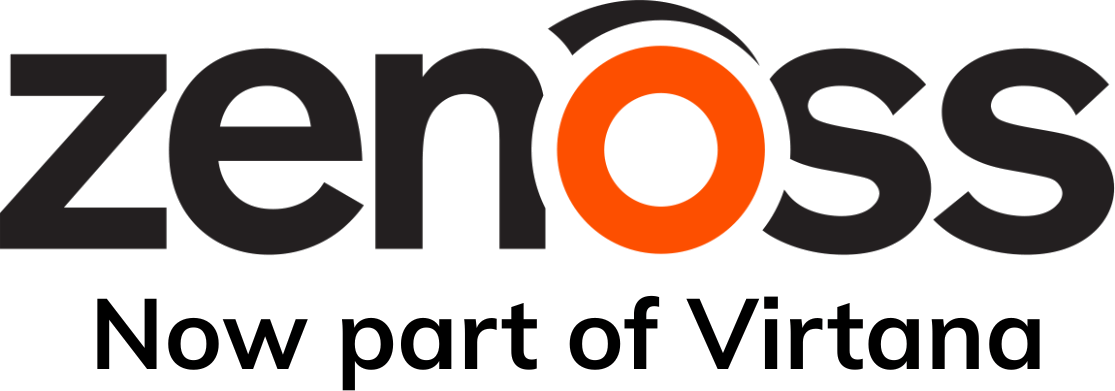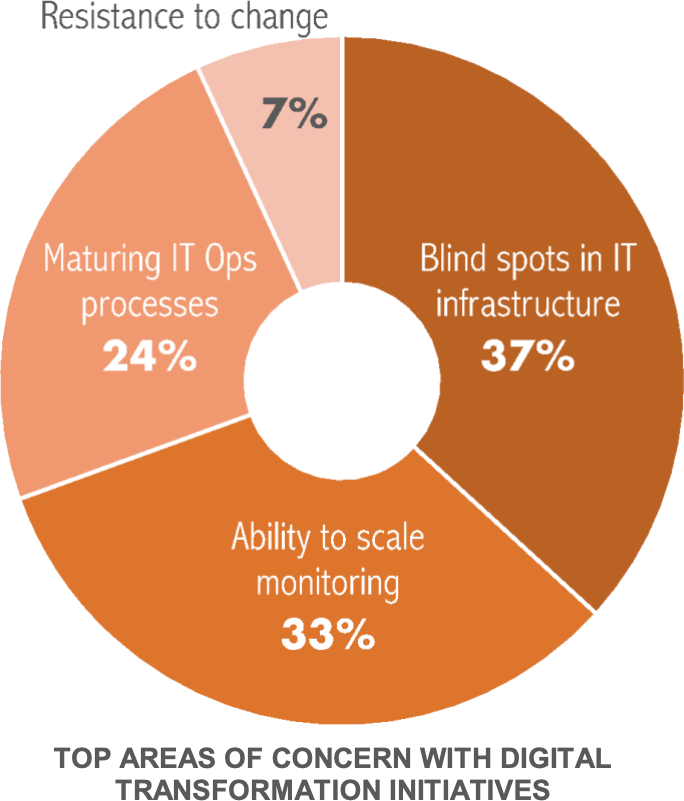The recently released Futurum Research report, Digital Transformation - 9 Key Insights, offers critical data points that measure the current state of digital transformation in the enterprise to uncover new opportunities and improve business agility. According to the report:
“Digital transformation is an ongoing process of leveraging digital technologies to build flexibility, agility, and adaptability into business processes.”
In our daily conversations with customers, the topic of digital transformation is pervasive. Not all customers say, “we’re digitally transforming,” or, “we have a digital transformation project.” In fact, the phrase that is used pervasively is “business agility.” Across every industry, and across most business sizes, businesses are digitizing to achieve business agility so they can compete more effectively. To put it more starkly, in today’s business world, companies must digitize to remain relevant.
The report offers insights spanning the value, investment trends, cultural requirements, and the risks of digital transformation. In this post, I’d like to drill down on that last one. One of the key insights offered is: ASSET VISIBILITY IS KEY TO MITIGATING RISK.
Most CIOs and IT leaders want to go fast. (The term “fast IT” was in vogue for quite some time.) But risk is a top factor in all strategic decisions, and the inability to mitigate risk will, at worst, drive digital transformation projects off the rails, or, at best, cause them to never get started.
Let’s begin by examining the key risk areas presented by digital transformation. So what are the key risk areas? The top areas of concern are identified in this chart from the report:
Three of the four areas covering 93 percent of the concerns are directly related to visibility. Let’s examine each of these:
- Blind Spots in IT Infrastructure - The vast majority IT infrastructures have become hybrid (at least in larger organizations), spanning on-premises and multicloud environments. They have also become exponentially more dynamic in recent years, including not just simple server virtualization but also software-defined everything, containers and microservices, infrastructure as code, etc. To the typical CIO, this raises (and should raise) serious concerns about blind spots. To have any level of trust in visibility, and thus some assurance that all risk is understood, modern IT shops must have a monitoring solution that provides complete visibility into all of these things. Tools abound to provide this visibility — but when they’re not tightly integrated, you have silos of visibility. Modern solutions bring complete visibility into a unified view.
- Ability to Scale Monitoring - Scale used to be boring. No vendor says, “We’re not really into scale.” But times have changed. It’s been reported that Google launches 4 billion containers per week. Twitter performs 4.8 billion writes (metrics) per minute. Uber collects 500 million metrics per second.* Even for organizations that are far less digitized than these example companies, scale has become another key factor in most IT environments. Relevant to monitoring, this isn’t just a simple question of how many network routers or storage arrays or servers or or even virtual servers you have. It’s also about how many ephemeral systems (containers, microservices, etc.) you have, as well as how much data you’re collecting from those systems. And it’s no longer about just collecting performance metrics. Modern monitoring solutions need to collect deep metrics as well as model data, events, logs and streaming data. And it is no longer realistic to collect all this data from all these systems in an on-premises solution. Modern monitoring solutions are cloud-based and leverage the scalable architectures of the cloud giants like Google Cloud and/or AWS.
- Maturing IT Ops Processes - Modern IT Ops organizations not only have the challenges above but also must evolve to be aligned with the increasing presence of DevOps and agile processes. Continuous delivery is a common mantra that is not exactly aligned with old school IT Ops mindsets. While all of these concepts are key enablers for the required faster innovation, they require a maturing of processes — not only for IT Ops teams but for cross-functional teams to work as a unit. Modern tools are required to bridge the gap between IT Ops and DevOps, with cross-functional visibility and automation being the achievable result.
- Resistance to Change - While this is a cultural aspect that requires some effort on the part of internal management and stakeholders, there is also plenty vendors can do to diminish some of this resistance. Modern software solutions that address a single user persona are at the same risk as companies that fail to digitize. Modern solutions address use cases across a growing spectrum of teams and titles within customer organizations. Organizations evaluating solutions should ask vendors about specific capabilities they offer related to each stakeholder’s realm. Demonstrating these capabilities is often a way to turn a “no” vote into a “yes” vote.
As you evaluate IT monitoring solutions and their abilities to meet digital transformation challenges in your organization, you should shortlist vendors that properly address these key concerns. I’ll assert that Zenoss Cloud offers one of the most capable solutions for mitigating risk as companies evolve to become more agile. If you’re interested in learning more about how Zenoss Cloud can help you safely navigate digital transformation, request a demo today.
*Source: Monitorama 2018 presentations











